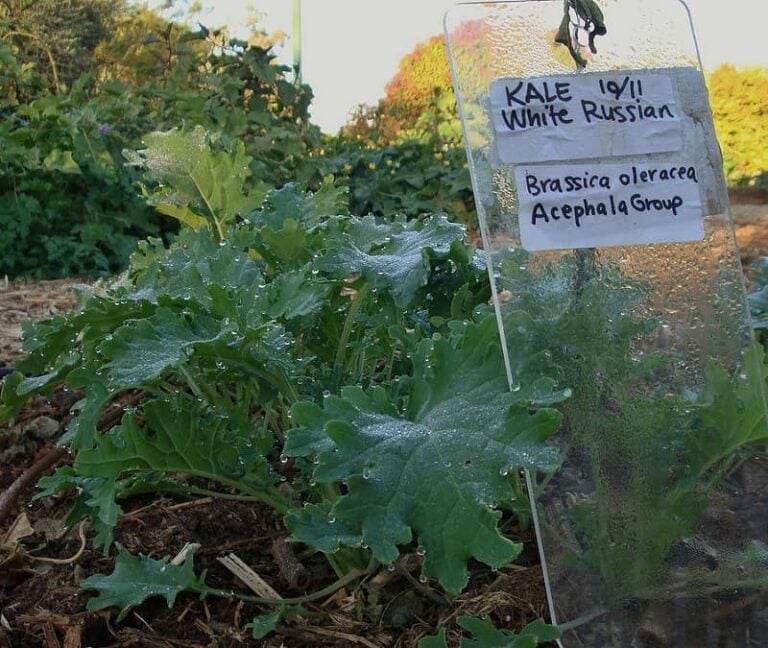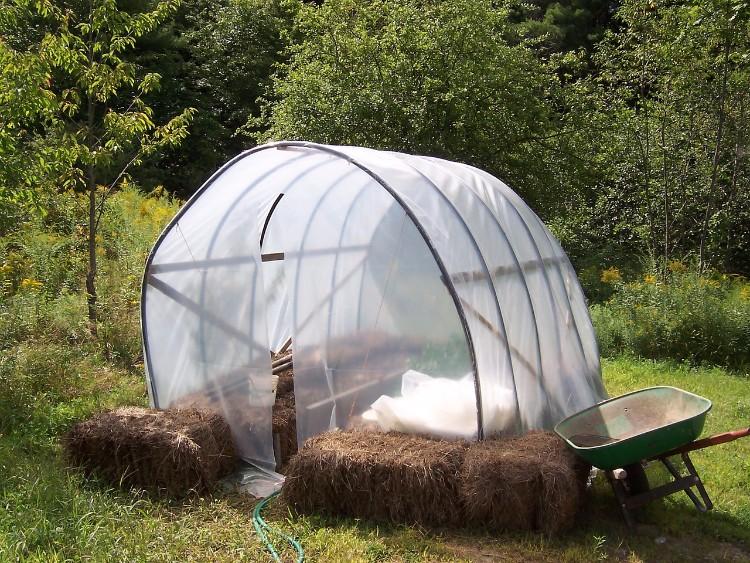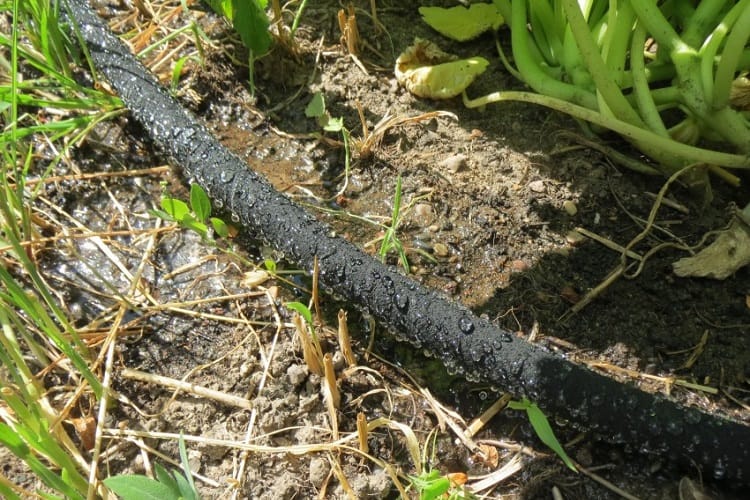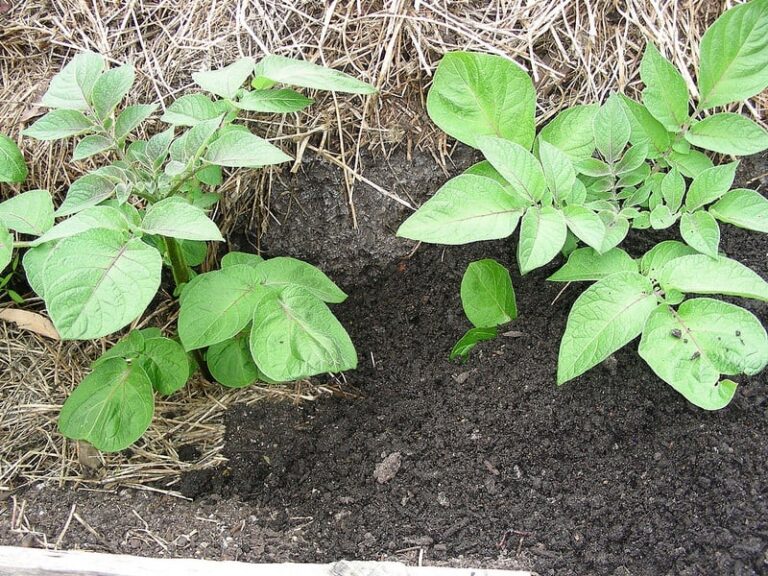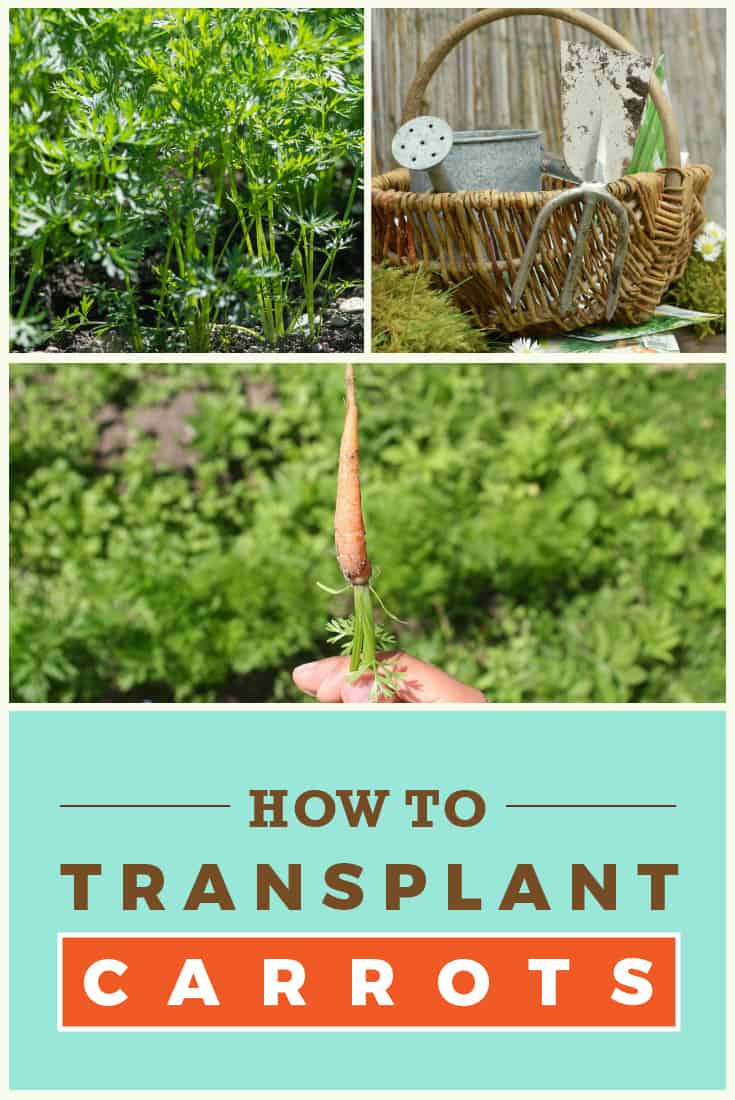How to Properly Setup Tomatoes Square Foot Gardening?
When it comes to producing food, tomatoes are a very rewarding plant to cultivate. Solanum Lycopersicum is another binomial name for the tomato. Tomatoes are red, berry-like vegetables with a succulent consistency. Even a novice may cultivate tomato plants with ease. In the case of square-foot gardening, tomato cultivation is both straightforward and effective.
Tomatoes are nutrient-dense and versatile in terms of preparation. Tomatoes can be consumed in salads, grilled, baked, puréed, used to make ketchup, soups, vegetables, and even as raw snacks.
They are delicious in taste and may be eaten raw, but when added to a dish, they considerably enhance the flavor. Tomatoes grown in one’s garden are far preferable to those purchased from shops due to their superior freshness. In this post we will talk about what square foot gardening is and how to grow tomatoes using this technique.
Which Tomato Types Are Best For A Square-Foot Garden?
There are two varieties of tomatoes that you may grow any plant in your Square Foot Garden, as long as you choose wisely.
- Determinate Varieties
“Determinate” varieties, often known as “bush” types, are bred to be compact, attaining a maximum height of around four feet. They also produce a large quantity of fruit in a short length of time, often one or two months. You acquire all of your tomatoes in a short period of time, after which the plant ceases tomato production for the season.
Italian Roma and San Marzano tomato varieties are two prominent variants.
- Indeterminate Varieties
Indeterminate varieties sometimes referred to as “vine” varieties, are exactly what they sound like. Their vines continue to mature and produce vegetable throughout the growing season.
Additionally, cherry tomato plants thrive in a square-foot garden. The varieties “SunSugar,” “Green Grape,” and “Black Cherry” are among the easiest to cultivate.
What Is Meant By Tomato Square Foot Gardening?
So, how about we examine tomato square-foot gardening techniques? Due to their sweet-and-sour flavor, tomatoes are a popular vegetable in many parts of the world. They may be grilled, sautéed, pureed, added to vegetables, and even eaten raw in salads and snacks.
As the most widely cultivated vegetable in the world, they are also in high demand to be planted. Tomatoes are easy to cultivate, particularly for novices, and significantly more profitable.
Using square-foot gardening to cultivate tomatoes is considerably simpler and more satisfying since it allows for the cultivation of more plants in a smaller area, hence increasing productivity. When implementing square foot gardening, we must begin with raised beds of 4 feet by 4 feet or 4 feet by 8 feet, and then divide this bed into little square foot pieces.
Similarly, we may also use 6 to 7-inch-thick, square-foot timber frameworks. Then, we plant one variety of plants per square foot and depending on the number of plants required; we plant them in any number of square foot areas. So let’s begin with tomato production in square-foot gardening.
- Required Temperature for Square foot Gardening Tomatoes
The required temperature for Square Foot Tomato gardening is crucial. Tomato plants do not thrive in cold soil since they demand warm conditions for growth. Due to the fact that these plants detest frost and cannot survive frosty cold seasons, we must begin planting after the last frost, when the soil temperature begins to increase. Between 70 and 90 degrees, Fahrenheit is the best soil temperature for growth.
So, as the temperature rises over 55 degrees Fahrenheit in the spring, we may plant our tomato plants, which do not tolerate temperatures below that point. Depending on where you dwell in the United States, the optimal time to plant tomatoes might vary. Some places will not reach the optimal temperature for growth until April and May, so you should select the optimal period based on the local climate.
- Sunlight
For Square foot gardening tomatoes, the appropriate amount of sunlight is also essential. Tomato plants require ample sunlight to flourish. To achieve a decent harvest, the crops must be exposed to sunlight for six to ten hours every day.
When the plant receives such direct sunlight, it will grow and create bigger harvests; however, when it receives less sunlight, it will continue to live but produce fewer yields.
Consider a place that receives six to ten hours of direct sunshine each day and is clear of huge trees or plants that might block sunlight from reaching the tomato plants and the rest of the garden.
- Potting Soil
One of the most crucial parts of tomato square-foot gardening is the potting soil. When using square-foot gardening techniques, we are growing crops in a small space in order to maximize yield; consequently, the potting mix or soil we use must be of very high quality in order to provide all of the required nutrients to the plants and aid in their development.
Equal proportions of compost, vermiculture, and peat moss can be used to create a nutrient-rich potting mix. This mixture is ideal for providing the plant with the necessary nutrients. We may also amend the soil with a substantial amount of compost.
However, the potting mix we use must be well-drained to prevent waterlogging, which might be detrimental to the plants.
- Spacing And Sowing Of Tomato Seeds
The tomato seeds may be planted straight into the soil during the proper planting season for square-foot gardening. In addition, we may sow the seeds indoors 6 to 8 weeks before the typical end of the frost season and then transplant the seedlings when outside temperatures rise to accommodate tomato plants’ temperature requirements.
These seeds, or even seedlings, are available in local and online markets. However, novices should acquire market transplants or seedlings as a starting point. We may dig a hole in the soil, plant the seeds or seedlings, cover the area with potting soil, and hydrate the soil.
Depending on the variety of tomatoes you choose to plant and cultivate, the majority of them are climbers and require support from vines to grow healthily.
Therefore, while planting seedlings or seeds, we may also use stakes, sturdy poles, or other similar support systems to prevent root damage in the future. Utilising supports such as trellises also helps maximize vertical space.
We can cultivate a single plant in a single square foot of space, and each plant may produce around 20 pounds of veggies.
- Adequate Amount Of Water Is Essential
Water is the most important element for a thriving tomato square foot gardening. During dry weather, we must ensure that the plants have sufficient water to thrive since they will require more water than usual.
Ensure that the plant does not lack water but also that the plants are not overwatered. Excessive irrigation might result in root rot and crop loss. Additionally, we must select soil or potting mix with enough drainage so that the crop does not rot and become damaged. Also, if it rained during a certain week, be sure to water the plants as needed to prevent overwatering.
- Pruning
When growing tomatoes, it is advisable to prune the plant’s leaves in order to conserve energy that the plant may utilise to create greater crops. This leaf-cutting will also prevent the tomato plant from wilting and dying. Thus we need regularly trim the leaves for optimal yield.
We can trim the tomato plant’s lower leaves to cause it to grow deeper in the soil since the plant can create more roots on the submerged stems, so strengthening the plant. In addition, when the plant is pruned, it allows sunlight to permeate the plant, and as we all know, adequate sunlight is crucial for healthy produce.
- Harvesting Period
As previously said, the yield and harvest are based on a number of factors that the grower must take into account. However, the harvest period should range between 60 and 80 days, depending on the type of tomato you are growing.
What Plants Should Not Be Planted Near Tomatoes?
There are plants that, when grown in close proximity to tomatoes, can assist them to flourish and even profit from their presence. Therefore, while growing tomato plants, care must be taken to choose companion plants that will not hurt the tomato plants but will promote their growth as well as their own. The following plants are not suitable companions for tomato plants: broccoli, corn, kohlrabi, fennel, and cabbage.
These plants inhibit the growth of tomato plants. Thus we should avoid growing tomato plants near them.
When Should Tomatoes Be Watered?
Throughout the growing season, tomato plants require copious amounts of water. During the beginning of the growing season, we must water the plants daily in the early morning. Then, as the temperature rises and the plant starts to grow, we may water it regularly.
On average, the plant requires one to two inches of water every week. Therefore, if it rains, we should inspect the plants and water them appropriately to avoid overwatering, which might cause the roots to rot.
The Advantages of Tomato Cultivation
Tomatoes are tasty, nutrient-rich vegetables with sweet and sour flavors. They are a fantastic source of vitamins A, B1, B3, B5, B6, B7, and C, as well as the vitamin K. In addition, they contain several minerals, such as iron, magnesium, potassium, zinc, phosphorus, choline, chromium, and folate.
These are some of the essential vitamins and minerals for the human body. Tomatoes are healthy for the body due to the following factors:
- Helpful In Strong Bones
Because tomatoes include calcium and vitamin K, they promote strong bones. One hundred grammes of tomatoes provide 110 milligrammes of calcium.
- Strengthens the Immune System
Due to their vitamin C content, they strengthen our immune system.
- Tomatoes Helps In Weight Loss
Tomatoes are an excellent complement to meals for those on a diet. They are highly advantageous while trying to lose weight since they promote the manufacture of enzymes in the body, which improves fat burning by 30%.
- Maintains Healthy Skin And Hair
Additionally, they promote healthy skin and hair. Tomatoes may be used both in salads and on the face since they contain lycopene, which acts as a facial cleanser. In addition, they contain vitamin A, which prevents hair damage.
- Maintains a Healthy Heart
Tomatoes reduce cholesterol levels in the blood and include vitamin A, vitamin B, and potassium. Consequently, tomatoes help maintain a healthy heart by preventing cardiac diseases.
- Tomatoes are Antioxidant
With high quantities of vitamin C and vitamin A, tomatoes help our systems eliminate harmful free radicals from the bloodstream. Raw tomatoes are the best way to take advantage of their antioxidant capabilities.
- Prevention of Cancer Cells
Tomatoes contain lycopene, which assists in the prevention of cancer cells, especially those present in the stomach, prostate, and lungs, resulting in fewer occurrences of this condition.
- Reduces Constipation
Tomatoes are excellent for maintaining a healthy digestive tract due to their high fibre content. They reduce constipation by providing roughage to the digestive system.
- Helpful in Diabetes
Due to the presence of the mineral chromium, they also aid in controlling blood sugar levels and preventing diabetes.
Due to their high levels of lycopene, lutein, and beta-carotene, they aid in the prevention of a variety of eye problems, including cataracts, light-induced damage, and age-related macular degeneration.
- Blood Pressure Control
Tomatoes have a high amount of potassium and a low amount of sodium, which allows our arteries to relax and helps to maintain a healthy blood pressure level.
The Bottom Line
Tomatoes are an excellent addition to a Square Foot Garden. Consider if you want to harvest your tomatoes quickly or over the season in order to narrow your possibilities. Then, select a version that will fit snugly inside the bed’s measurements.
Ensure that you have a trellis or other support structure in place to train vine-type tomatoes upward and away from the soil. Water often, remove any weeds that appear (to prevent disturbing the soil surrounding delicate plants), and wait for a beautiful, abundant crop to mature.

